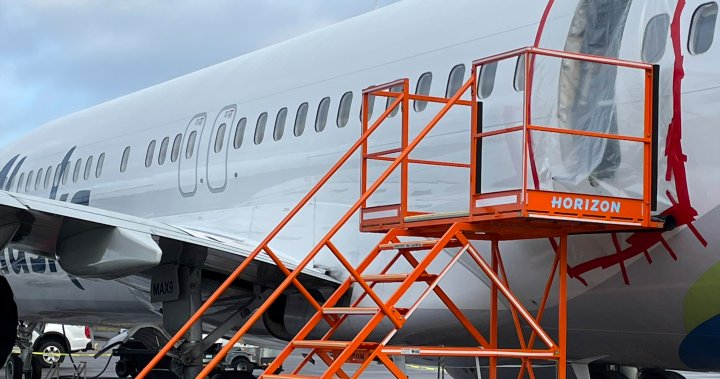Minimum wage workers in federally regulated sectors will get a bump in their paycheques starting next month.
Canada will be increasing the federal minimum wage by 65 cents on April 1, from $16.65 to $17.30 per hour.
The federal minimum wage has been growing steadily since 2021, when the Liberal government scheduled annual increases to keep up with inflation. At the time, the federal minimum wage was $15.
Increases to the federal minimum wage are based on Canada’s Consumer Price Index for the previous calendar year. In 2023, the CPI rose an annual average of 3.9 per cent.
The federal minimum wage increase only applies to workers in federally-regulated industries.
Federally-regulated industries and workplaces include air transport, banks, postal services and telecommunications such as telephone and cable systems. A full list can be found on the federal government’s website.
Your eligibility also depends on how much you earn compared to each province and territory’s minimum wage.
“If the minimum wage set by the province or territory you are employed in is greater than the federal minimum wage, the provincial or territorial wage rate will apply to you,” Employment and Social Development Canada explains.
Financial news and insights
delivered to your email every Saturday.
Financial news and insights
delivered to your email every Saturday.
The only region set to increase its minimum wage higher than the federal rate this year is Yukon. As of March 13, the territory’s minimum wage will be raised from $16.77 to $17.59 per hour.
Federal interns and workers under the age of 18 will also receive a bump.
For workers registered under and paid according to a provincial apprenticeship act, their employers are exempt from having to apply the federal minimum wage.
Additionally, if a worker accepts room and/or board provided by an employer, the employer can also reduce pay to below minimum wage. However, the employer can’t reduce the wages more than 50 cents for each meal, and more than 60 cents per day for living quarters.
If federal workers are not paid on an hourly basis then they must receive at least the equivalent of the minimum wage.
If the worker earns an annual salary or is paid in accordance with a mileage rate, the Minister of Labour may fix a rate that is equivalent to at least the minimum wage. That rate is determined by dividing the salary amount by the number of hours worked.
In October 2023, minimum wage increased in six provinces. Including Yukon, a number of provinces and territories are planning another increase this year.
- Saskatchewan’s minimum wage is scheduled to increase from $14 to $15 on Oct. 1, 2024.
- Nova Scotia’s minimum wage is currently $15, and is set to increase 20 cents in April.
- New Brunswick’s wage is increasing from $14.75 to $15.30 in April.
- Newfoundland and Labrador’s minimum wage is increasing 60 cents to $15.60 in April 2024.
- Prince Edward Island is increasing its minimum wage a full dollar in April, from $15 per hour to $16.
The rest of the country’s minimum wages are remaining unchanged for the time being.
Here’s where other provinces and territories stand on minimum wages across Canada:
- Alberta: $15
- Quebec: $15.25
- Manitoba: $15.30
- Nunavut: $16
- The Northwest Territories: $16.05
- Ontario: $16.55
- British Columbia: $16.75
© 2024 Global News, a division of Corus Entertainment Inc.




